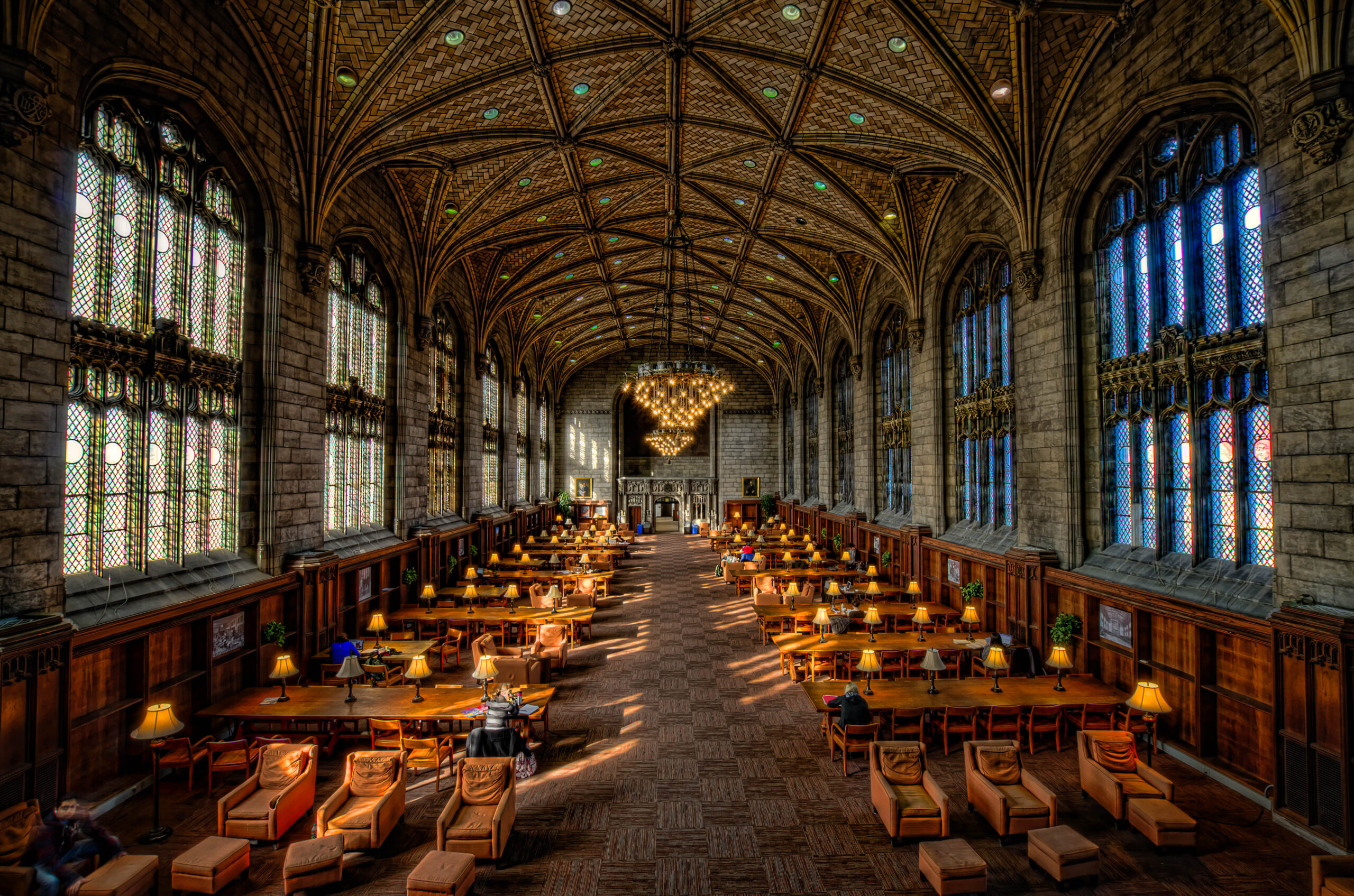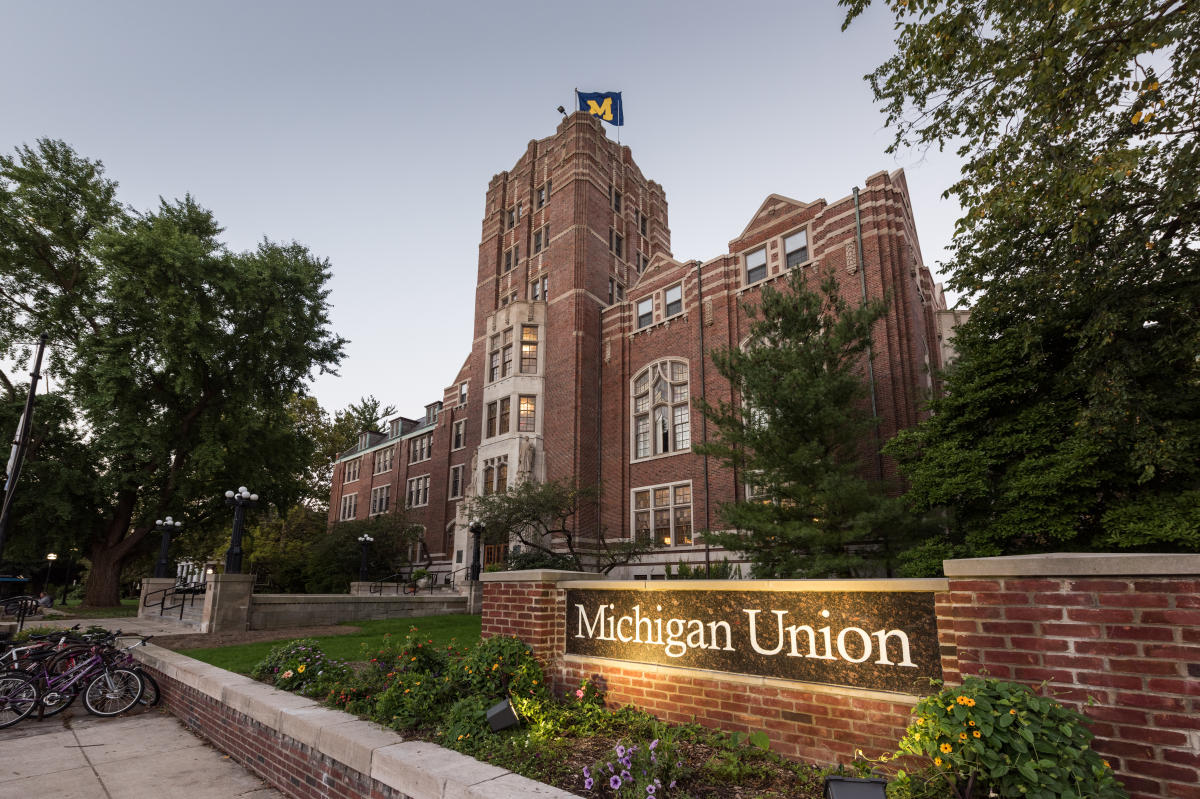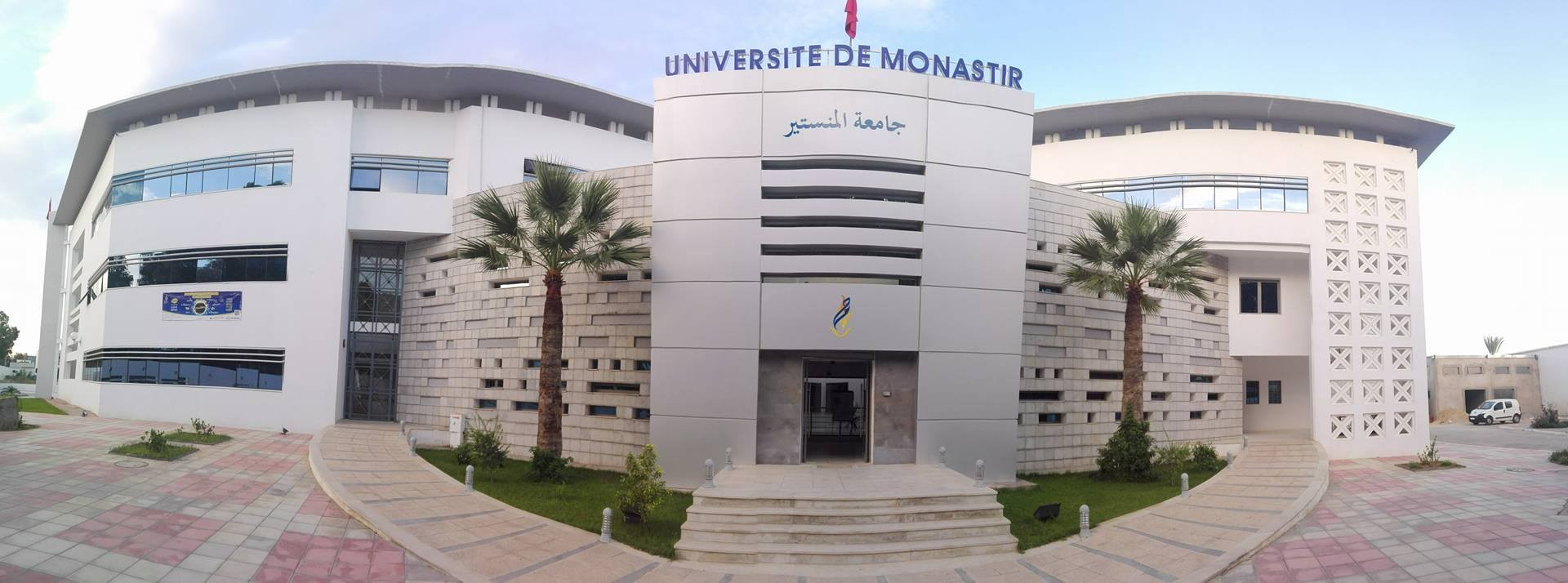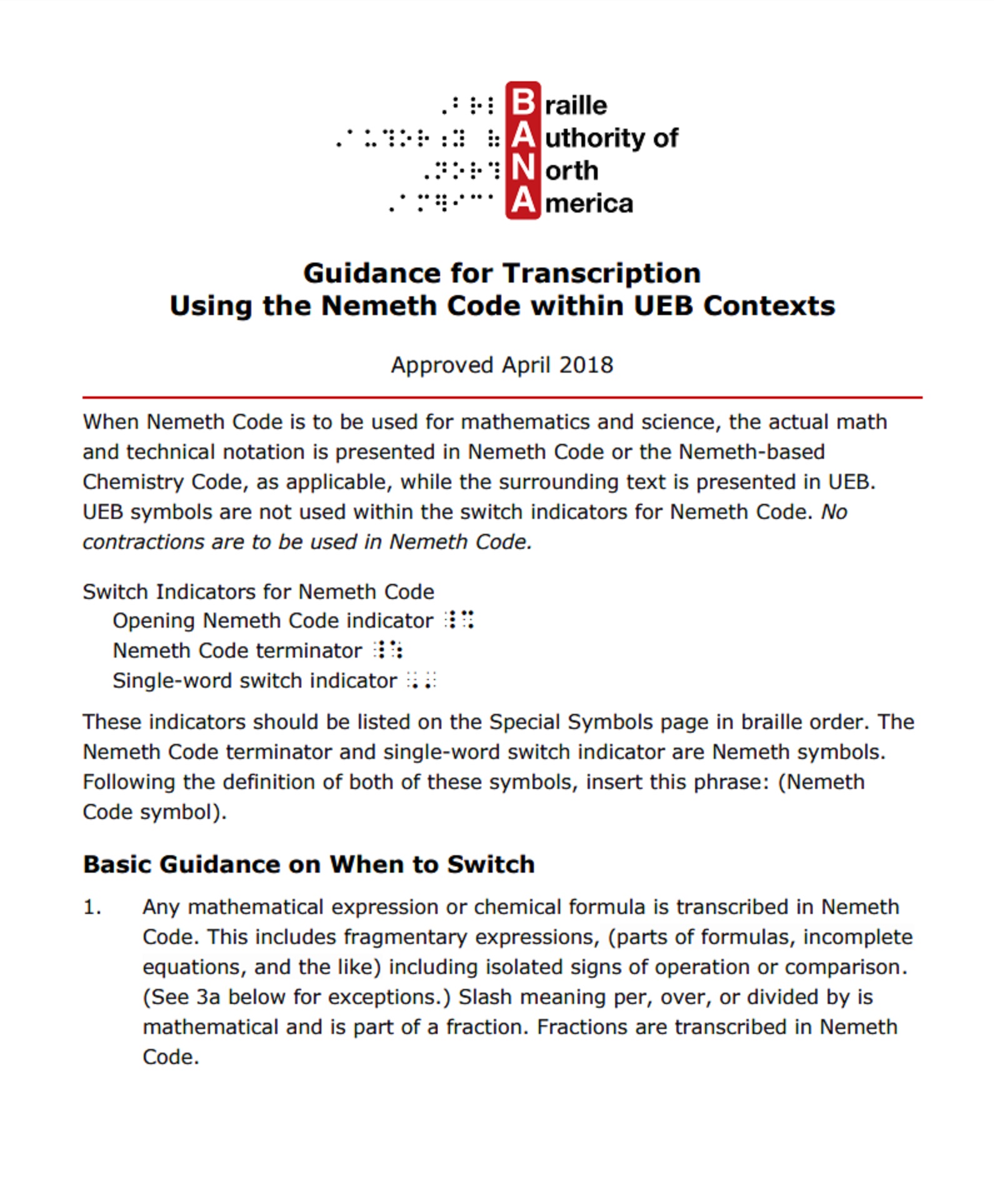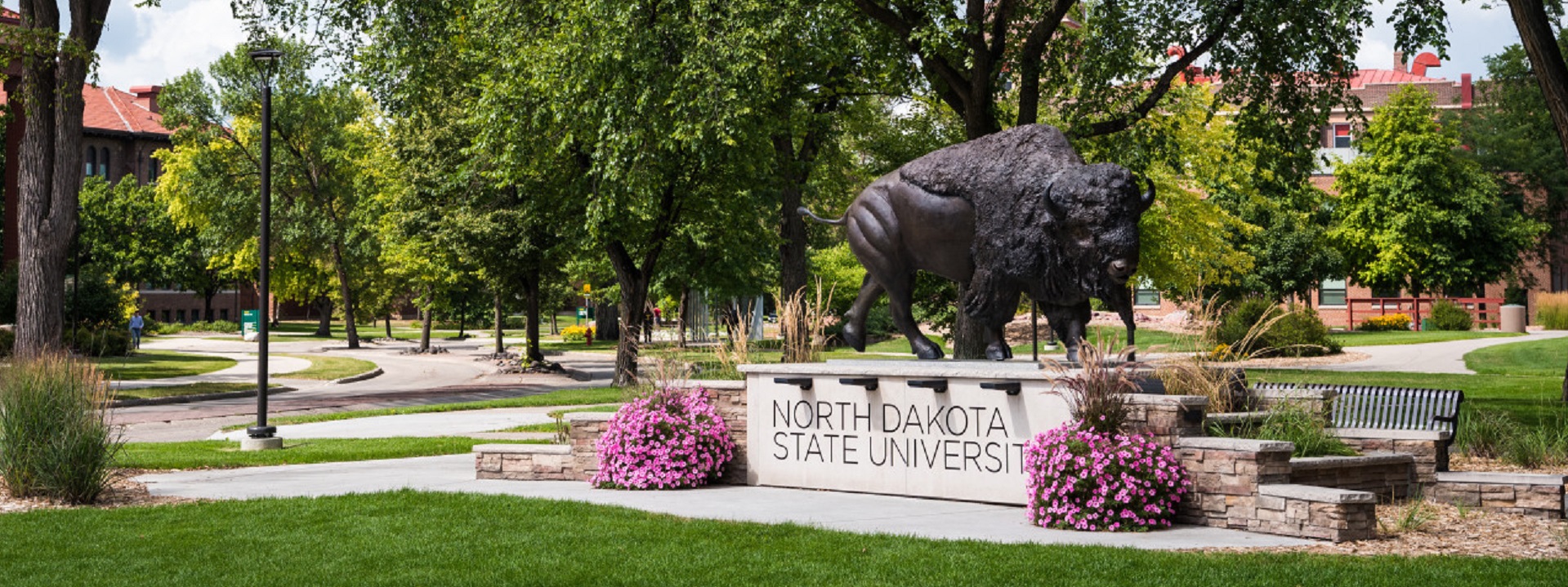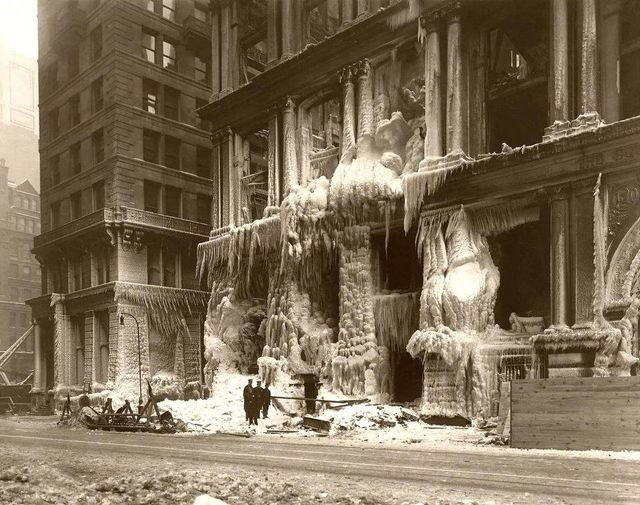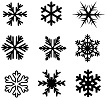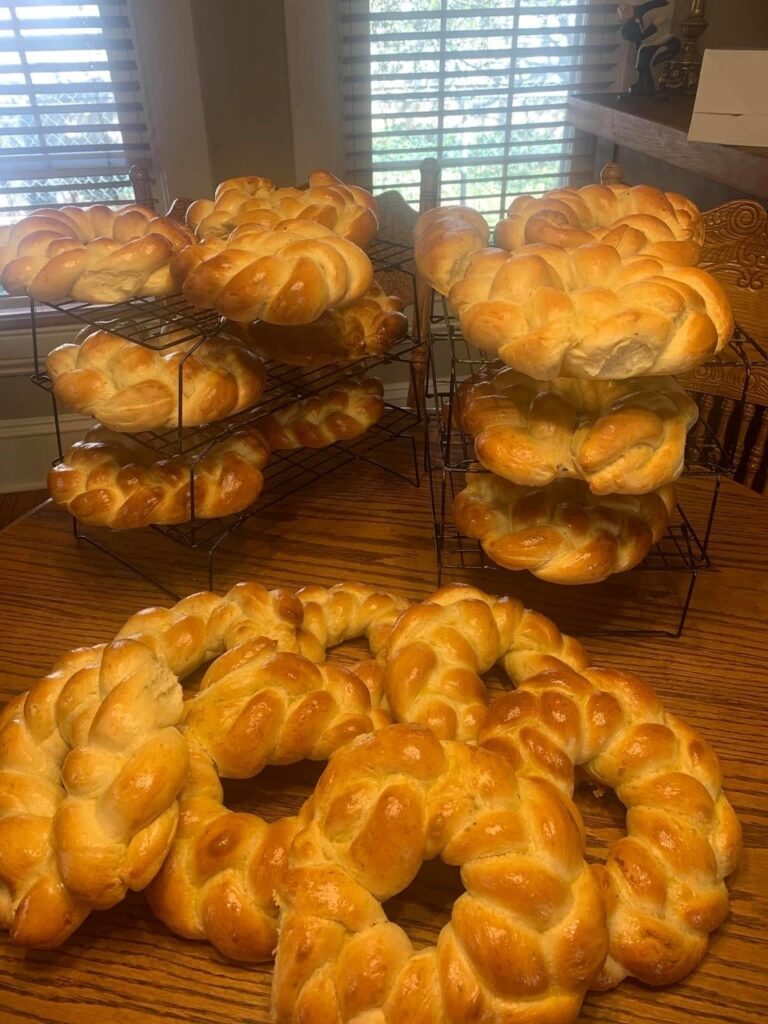Financial Position Standards
- Home Page 117

College by the Cup: Grounds of Being
Standards Illinois | Consolidated Financial Report 2024: $20.335B
Come spend this crisp autumn day in our basement—Grounds of Being is now open for Fall Term pic.twitter.com/r2lZaBIC4s
— Grounds of Being (@GroundsofBeing) September 27, 2022
“For decades, UChicago’s student-run coffee shops have given community members space to congregate (and caffeinate) on their own terms….We give pretty lenient sway to staff to play whatever music they want… Every once in a while you might hear some Gregorian chants.” — William Rhee, Parents Media Editor

The Storied Past of Harper Memorial Library | ΒΙΒΛΙΟΘΗΚΕΣ
Urban Development of the University of Chicago | Facilities Services
We re-open TOMORROW for the start of the Winter Quarter, and will resume our normal business hours of M-F, 7:45 AM-4 PM. Come through to warm up with some @ColectivoCoffee coffee and tea! pic.twitter.com/1bMDKdeQDF
— Grounds of Being (@GroundsofBeing) January 3, 2018
Naming & Signs
ANSI Z535.2-2023: Environmental and Facility Safety Signs
Consistency with Institutional Branding
- Signage must align with the educational institution’s brand identity, including logos, colors, and typography (e.g., Helvetica font is often specified, as seen in some university standards).
- Corporate logos are typically prohibited on primary exterior signage to maintain institutional focus.
Compliance with Local Zoning and Building Codes
- Signs must adhere to municipal zoning regulations, which dictate size, height, placement, and illumination (e.g., NYC Building Code Appendix H or similar local codes).
- Permits may be required, and signage must not obstruct traffic visibility or pedestrian pathways.
ADA Accessibility Requirements
- Exterior signs identifying permanent spaces (e.g., entrances or exits) must meet Americans with Disabilities Act (ADA) standards, including visual character requirements (legible fonts, sufficient contrast).
- Tactile signs with Braille are required at specific locations like exit stairways or discharge points, per the U.S. Access Board guidelines, though not all exterior signs need to be tactile.
Wayfinding and Identification Functionality
- Signs should clearly identify buildings, provide directional guidance, and include essential information (e.g., building names, departments, or campus districts).
- Placement is typically near main entrances, limited to one per building unless otherwise justified.
Material and Durability Standards
- Materials must be weather-resistant and durable (e.g., extruded or cast aluminum with finishes like natural or dark bronze, avoiding plastic in some cases).
- Maintenance considerations ensure longevity and legibility over time.
Size and Placement Restrictions
- Size is often regulated (e.g., no larger than necessary for legibility, with some institutions capping temporary signs at 32 square feet).
- Placement avoids upper building portions unless in urban settings or campus peripheries, ensuring aesthetic harmony.
Approval and Review Processes
- Exterior signage often requires review by a campus design or sign committee (e.g., a university’s Design Review Board).
- For partnerships or donor-funded buildings, a Memorandum of Understanding (MOU) may govern signage rights and standards.
Safety and Visibility Standards
- Signs must not create hazards (e.g., minimum clearance of 7.5 feet above walkways, no sharp edges).
- Illumination, if allowed, must comply with safety codes and enhance visibility without causing glare or distraction.
Temporary Signage Regulations
- Temporary signs (e.g., banners or construction signs) have time limits (e.g., 30-90 days per year) and must be approved, with size and frequency restrictions. The National Electrical Code Article 590 covers temporary wiring for festoon illumination and defines “temporary” as 90 days.
Somewhat Related:
University of Michigan Naming Policy Guideline
Michigan State University: Building and Facilities Naming
University of Buffalo Naming Guidelines
University of Vienna: Analyzing wayfinding processes in the outdoor environment
Recognizing signs and doors for Indoor Wayfinding for Blind and Visually Impaired Persons
Abstract: Indoor signage plays an essential component to find destination for blind and visually impaired people. In this paper, we propose an indoor signage and doors detection system in order to help blind and partially sighted persons accessing unfamiliar indoor environments. Our indoor signage and doors recognizer is builded based on deep learning algorithms. We developed an indoor signage detection system especially used for detecting four types of signage: exit, wc, disabled exit and confidence zone. Experiment results demonstrates the effectiveness and the high precision of the proposed recognition system. We obtained 99.8% as a recognition rate.
Is this not precious? I ❤️ 🐶’s pic.twitter.com/tCRblzdAIO
— Riley Nuttall (@nuttallriley1) January 11, 2024
Unified English Braille
A big misconception about blindness is that a blind person only sees pitch black.
In reality, blindness is a spectrum. This is a series of examples of how differently visually impaired people see.
[📹 Blind on the Move]pic.twitter.com/EcljDkNDfN
— Massimo (@Rainmaker1973) June 30, 2024
“I Call Your Name” Covers | English Standard
This content is accessible to paid subscribers. To view it please enter your password below or send mike@standardsmichigan.com a request for subscription details.
The “Tulsa Sound”
-
Bill Janovitz’s Biography (2023):
-
The book Leon Russell: The Master of Space and Time’s Journey Through Rock & Roll History by Bill Janovitz is described as the “first holistic study” of Russell’s career. While primarily a biography, it offers a comprehensive analysis of Russell’s musical contributions, including his role as a session musician with the Wrecking Crew, his work on Joe Cocker’s Mad Dogs & Englishmen, and his influence on artists like Elton John and Willie Nelson. The book examines Russell’s songwriting, piano style, and genre-blending innovations, such as his gospel-infused rock and contributions to the Tulsa Sound. Although not a peer-reviewed academic study, its depth and critical reception (e.g., praise from Rolling Stone and The New York Post) suggest it serves as a significant scholarly resource for understanding Russell’s music.
-
-
Musicological Context in Broader Studies:
-
Russell’s work is often referenced in studies of American popular music, particularly in discussions of the 1960s and 1970s rock scenes, the Wrecking Crew, and the Tulsa Sound. For example, his piano playing and arrangements for artists like Phil Spector, the Beach Boys, and Frank Sinatra are noted in works about the Los Angeles studio scene. Scholarly books on session musicians or the Wrecking Crew, such as Kent Hartman’s The Wrecking Crew (2012), likely include references to Russell’s contributions, though not as the primary focus.
-
His influence on the Tulsa Sound, a blend of rock, country, and blues, is mentioned in studies of regional American music. Academic works on Oklahoma’s musical heritage, such as those exploring J.J. Cale or the Gap Band, may contextualize Russell’s role in shaping this sound. However, specific journal articles or dissertations centered on the Tulsa Sound and Russell’s contributions are not widely documented in the provided sources or general academic databases.
-
-
Songwriting and Standards:
-
Russell’s songs, such as “A Song for You,” “This Masquerade,” and “Delta Lady,” are recognized as standards in academic discussions of American songwriting. These songs have been covered by numerous artists (e.g., Ray Charles, George Benson, The Carpenters) and are noted in studies of the Great American Songbook. Scholarly analyses of these songs often focus on their lyrical depth, harmonic structure, and cross-genre appeal, though such analyses are typically part of broader studies on popular music rather than Russell-specific research.
-
-
Cultural and Social Context:
-
Russell’s career intersects with cultural studies, particularly in discussions of race and audience reception. His collaboration with his then-wife, Mary McCreary, a Black singer, and the racist backlash they faced (e.g., nooses thrown on stage) are noted in Janovitz’s book and could be a point of analysis in cultural studies or sociology of music. This aspect of his career might be explored in academic work on race in rock music, though no specific studies are cited.
-
His struggles with mental health (e.g., bipolar depression, paranoia, or possible Asperger’s syndrome) and their impact on his performance and career trajectory are also discussed in Janovitz’s biography, potentially relevant to studies in music psychology or disability studies.
-
-
Technological Innovations:
-
Russell’s influence on music technology, such as inspiring the “shuffle” timing in the Linn9000 drum machine, is noted in discussions of music production. Academic studies on the evolution of drum machines or recording technology might reference this contribution, though likely as a minor point.
-
-
Lack of Dedicated Studies: Despite Russell’s extensive career and influence, there are no widely recognized peer-reviewed journal articles or dissertations specifically analyzing his music, based on the provided sources and general knowledge of music scholarship. This may be due to Russell’s underappreciated status, as noted by sources describing him as a “neglected genius”.
-
Focus on Broader Themes: Most academic references to Russell appear in broader contexts (e.g., Wrecking Crew, Tulsa Sound, or rock history) rather than as the primary subject. His eclectic style, spanning rock, country, gospel, and blues, may make it challenging to categorize him for focused musicological study.
-
Search Academic Databases: Use JSTOR, Music Index, or RILM Abstracts of Music Literature to search for articles or book chapters mentioning Leon Russell. Keywords like “Leon Russell,” “Tulsa Sound,” or “Wrecking Crew” may yield relevant results.
-
Explore Related Fields: Look into studies on American rock, session musicians, or the Great American Songbook, where Russell’s work is likely referenced.
-
Consult Janovitz’s Book: Obtain Leon Russell: The Master of Space and Time’s Journey Through Rock & Roll History for the most detailed analysis of his music and career. It includes citations and a bibliography that may point to additional scholarly sources.
-
Regional Music Studies: Investigate Oklahoma-based music archives or university libraries (e.g., University of Tulsa) for theses or local studies on the Tulsa Sound.
Ask Grok to search deeper
-
Definition of Tulsa Sound: The Tulsa Sound is characterized by a laid-back, rootsy groove combining rock ‘n’ roll, country swing, blues shuffle, and gospel influences. It emerged in the 1950s and 1960s, with Tulsa as a hub for musicians who shaped this eclectic style.
-
Russell’s Contributions:
-
Early Career in Tulsa: Born in Lawton, Oklahoma, Russell grew up in Tulsa and began playing piano in local clubs as a teenager. He was part of the vibrant Tulsa music scene, performing with figures like J.J. Cale, David Gates (later of Bread), and others who influenced the Tulsa Sound.
-
Musical Style: Russell’s piano-driven, gospel-infused rock, as heard in albums like Leon Russell (1970) and Carney (1972), embodied the Tulsa Sound’s blend of genres. Songs like “A Song for You” and “Delta Lady” showcase the soulful, rootsy aesthetic associated with the style.
-
Collaborations and Influence: Russell’s work with other Tulsa musicians, such as J.J. Cale, helped define the sound. His production and session work, including for artists like Bob Dylan and Joe Cocker, brought the Tulsa Sound’s relaxed, organic feel to a broader audience.
-
Tulsa as a Hub: Russell’s establishment of Shelter Records in Tulsa (with Denny Cordell) and his studio, The Church Studio, made the city a recording destination, attracting artists like Tom Petty and Willie Nelson. This solidified Tulsa’s role in the sound’s legacy.
-
-
Connection to J.J. Cale: J.J. Cale is often cited as the quintessential Tulsa Sound artist, with his understated, “shuffle” style. Russell’s more flamboyant, gospel-rock approach complemented Cale’s work, and their shared Tulsa roots linked them to the same musical lineage.
-
Scholarly and Cultural Recognition: Sources like Bill Janovitz’s biography (Leon Russell: The Master of Space and Time’s Journey Through Rock & Roll History, 2023) highlight Russell’s role in the Tulsa Sound, noting his influence on its development and its spread through his national and international success.
-
Legacy: Russell’s contributions to the Tulsa Sound are evident in his influence on later artists like Eric Clapton (who covered Cale’s songs) and the Red Dirt movement, which built on the Tulsa Sound’s rootsy foundation.
Code ignis MMXXIV: Fire Lanes & Parking
NFPA 1 Chapter 18 – Fire Department Access and Water Supply
Public Input on the 2027 Edition closes June 4, 2025
The parent title in the NFPA catalog — NFPA 1 — sets standards for fire lanes by addressing them within various chapters and sections; depending on the specific aspects of fire protection, access, and safety they pertain to. Here are some of the key sections and chapters in NFPA 1 that may include relevant information regarding fire lanes:
- Chapter 18: New High-Rise Buildings: This chapter may include requirements related to access for firefighting operations, which could encompass provisions for fire lanes.
- Chapter 20: New Educational and Day-Care Occupancies: Requirements related to access for emergency responders in educational facilities, including provisions for fire lanes, may be addressed in this chapter.
- Chapter 22: Existing Educational and Day-Care Occupancies: Similar to Chapter 20, this chapter may contain provisions for existing educational facilities regarding fire protection and access.
- Chapter 24: New Residential Board and Care Occupancies: Requirements for access and fire protection in residential board and care occupancies, including provisions for fire lanes, may be found in this chapter.
- Chapter 30: New Mercantile Occupancies: This chapter may include provisions related to access and fire protection in mercantile occupancies, which could involve requirements for fire lanes.
- Chapter 32: Existing Mercantile Occupancies: Similar to Chapter 30, this chapter may address requirements for existing mercantile occupancies, including provisions for fire lanes.
Since NFPA 1 covers a wide range of fire safety topics, including building design, fire protection systems, and emergency procedures, specific requirements related to fire lanes may be distributed throughout the document rather than consolidated in a single section. It’s important to carefully review the relevant chapters and sections of NFPA 1 to ensure compliance with applicable requirements for fire lane design, construction, and maintenance.
Best practice for determining snow zones, as the criteria for designating these zones can vary depending on factors such as geography, climate, population density, infrastructure, and available resources. However, municipalities typically develop their own criteria and guidelines based on these factors to create effective snow removal plans.
Common principles and factors that many municipalities consider when determining snow zones, as mentioned in the previous response. These include weather patterns, topography, traffic volume and patterns, residential density, critical infrastructure, public safety considerations, and feedback from residents and stakeholders.
Some municipalities may also adopt best practices and recommendations from organizations such as the American Public Works Association (APWA) or the National Association of City Transportation Officials (NACTO) to inform their snow removal planning processes. These organizations may offer guidance on snow zone designations, prioritization of routes, and effective snow removal techniques based on industry standards and research.
Ultimately snow zones respond to the specific needs and characteristics of each municipality, with the goal of efficiently managing winter weather events to ensure public safety and mobility.
Easter Bread & Yaupon Tea
“Every year as Easter approaches, if you are lucky, you might catch the scent of baking bread and fragrant anise wafting in the air in my hometown of Clarksburg, West Virginia. Easter bread, sweet and flavored with anise seed, is a holiday ritual in the Italian-American community here. With roots stretching back to Calabria, making Easter bread is a foodways tradition that now thrives in North Central West Virginia” — Lori Hostuttler, Assistant Director at West Virginia & Regional History Center
Standards West Virginia | Lane Department of Computer Science & Electrical Engineering
Yaupon Drink: A Medicine Bundle in the Atlantic World
Steven P. Carriger Jr, University of Tennessee, Knoxville
Abstract. This dissertation examines yaupon drink, a tea made from yaupon holly along with other ingredients, as a medicine bundle in the Atlantic World. Originally a medicinal drink used by Native Americans across the what is today the American South, over time the tea became a trade good demanded by the Spanish and a medicinal herb sought by European botanists and medical practitioners. Chapter One traces yaupon’s origins across the southeast and bundles the drink into the many cosmic and social connections it held. Chapter Two shows how the Spanish colonial presence offered an alternative to yaupon in Florida, through Christianity and its Sacraments even as the Spanish themselves began to commodify it, demanding it as an item of tribute. Chapter Three looks beyond Spanish Florida into the interior of the southeast as Creek, Cherokee, and Natchez towns negotiated the “Shatter Zone” and shows how towns of the Native Americans preserved or changed how they used yaupon in response to European colonialism. Chapter Four explains how the yaupon became a part of medicine and gardens in early modern Europe and how its leaves negotiated the changes that the Enlightenment brought. Using archaeology and European narrative histories, this dissertation examines yaupon drink within its relational fields, recognizing its affordances and how these help write a small piece of a decolonized history of the tangled relationships among Native Americans and Europeans in Southeast and the larger Atlantic World.
Related:
New update alert! The 2022 update to the Trademark Assignment Dataset is now available online. Find 1.29 million trademark assignments, involving 2.28 million unique trademark properties issued by the USPTO between March 1952 and January 2023: https://t.co/njrDAbSpwB pic.twitter.com/GkAXrHoQ9T
— USPTO (@uspto) July 13, 2023
Standards Michigan Group, LLC
2723 South State Street | Suite 150
Ann Arbor, MI 48104 USA
888-746-3670


